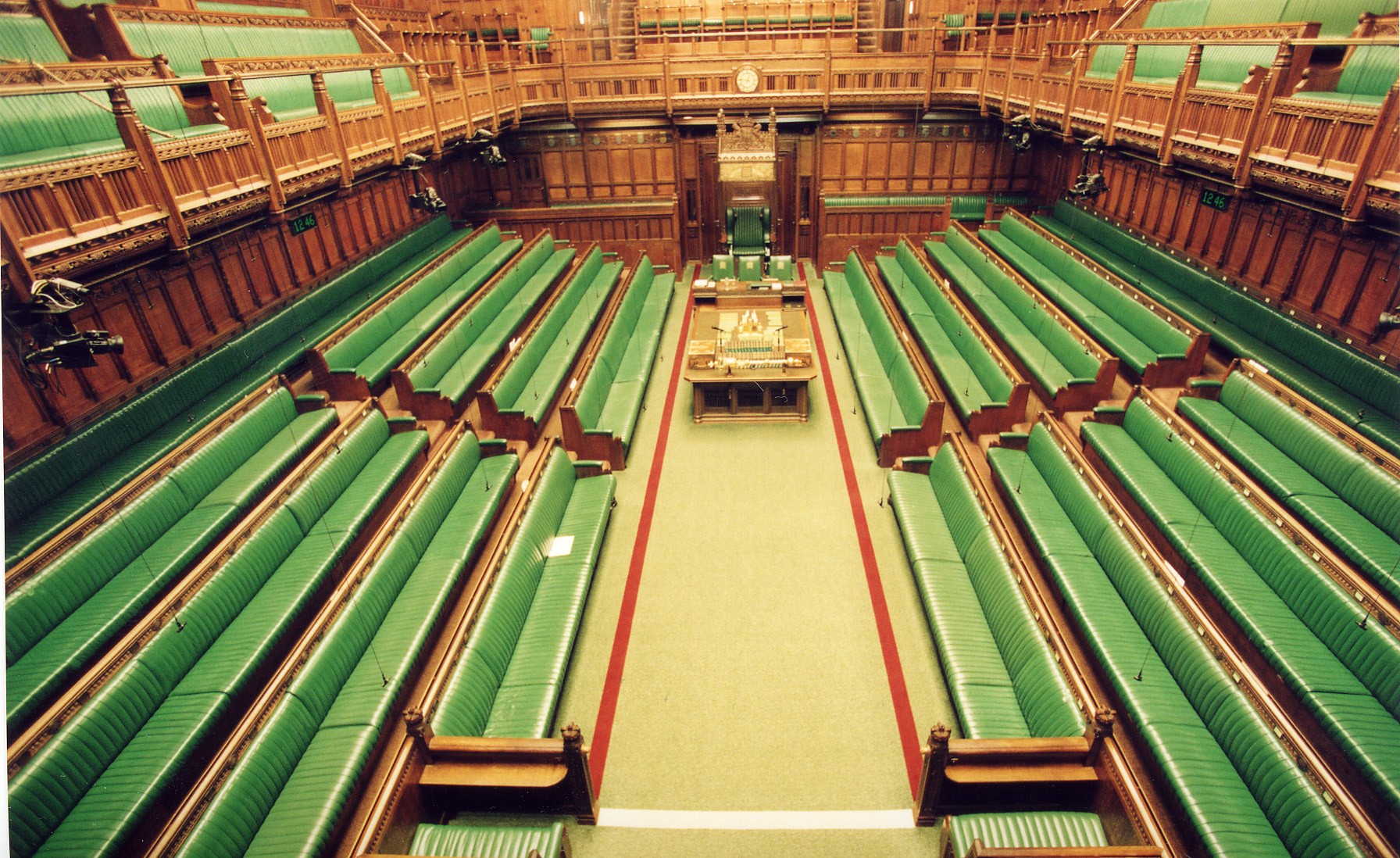(by: Taylor Sendek)
"Life's but a walking shadow, a poor player, that struts and frets his hour upon the stage, and then is heard no more; it is a tale told by an idiot, full of sound and fury, signifying nothing."
William Shakespeare.
Shakespeare definitely strut his hours upon the stage, though he wasn't and will never be just a shadow. Shakespeare is the Bard for a reason. Creating more than 250 new words, he is also one of the fathers of modern English, even though it is an English many people now a days can only muddle their way through. He not only wrote some of the best plays in history but he also wrote beautifully crafted sonnets. He has been emulated and copied by many, and admired by many more. It is unlikely he knew he would be remembered for this long, or that he even cared to be remembered. It is more likely that he created to create and to entertain at the time. He barely even signed his own work, or if he did none of his signatures looked the same; which could be why there were rumors that he never really existed and that the writer Shakespeare was a pen name for someone else.

This is Shakespeare's house. It was a goodly sized one for the time for his family was decently well off. His house was located on Henley Street.
Stratford was the birthplace of the Bard and it is in this place that we in this modern era can still see his childhood home and walk on the same floors he romped over as a child. Getting to walk in his footsteps was a surreal experience; it was chilling in a way.

The same floor Shakespeare walked on as a child. Yes it was a geek moment for us to take pictures of it.
He was the son of a glove maker, John Shakespeare, and an intelligent well-off woman, Mary Arden, who inherited much of her father’s property. He was taught to read and write and, according to the tour of his house, used his imagination from a young age, creating stories to entertain his family. The period and legends also gave him a grasp of fantasy that he carried through his plays, such as “A Midsummer Night's Dream.” His house consisted of his actual house and a little cottage connected to the side that consisted of two rooms. His actual house had four rooms plus his father’s glove making workshop. Shakespeare, being the oldest, even had his own room for awhile before his siblings came along. The one thing I found super interesting was the wall coverings of the bed chambers. The children’s room had white wall hangings with black designs, and the parent’s room was decked in green and red which were for luck and health in the birthing chamber: red was for protection and green was for life. The best part of seeing Shakespeare’s birthplace was the fact that we got to see the environment that raised the brilliant wordsmith.

Shakespeare's childhood bedroom.
After visiting the place the Bard was born it was only fitting to also visit the place he was laid to rest. Trinity church itself was a beautiful building fitting well within the beautiful town.

Holy trinity church.
The walk was surrounded by a beautiful old graveyard, but it was the inside of the church that was truly magnificent, and not because it held Shakespeare’s remains. Immense painted windows looked down over the Bard and his wife, Anne Hathaway.
While looking at the place where his remains lay was awe-inspiring, it is the inscription on his tomb stone that is really the thing worth seeing. Shakespeare was always the poet and artist, even upon his death he had to have the final word.

Shakespeare's tomb, where he is laid beside his wife Anne.
His tomb is inscribed with a curse written in a way that only Shakespeare could.
It says,
“Good friend, for Jesus' sake forebeare
To digg the dust enclosed heare;
Bleste be the man that spares thes stones,
And curst be he that moves my bones”.






















































